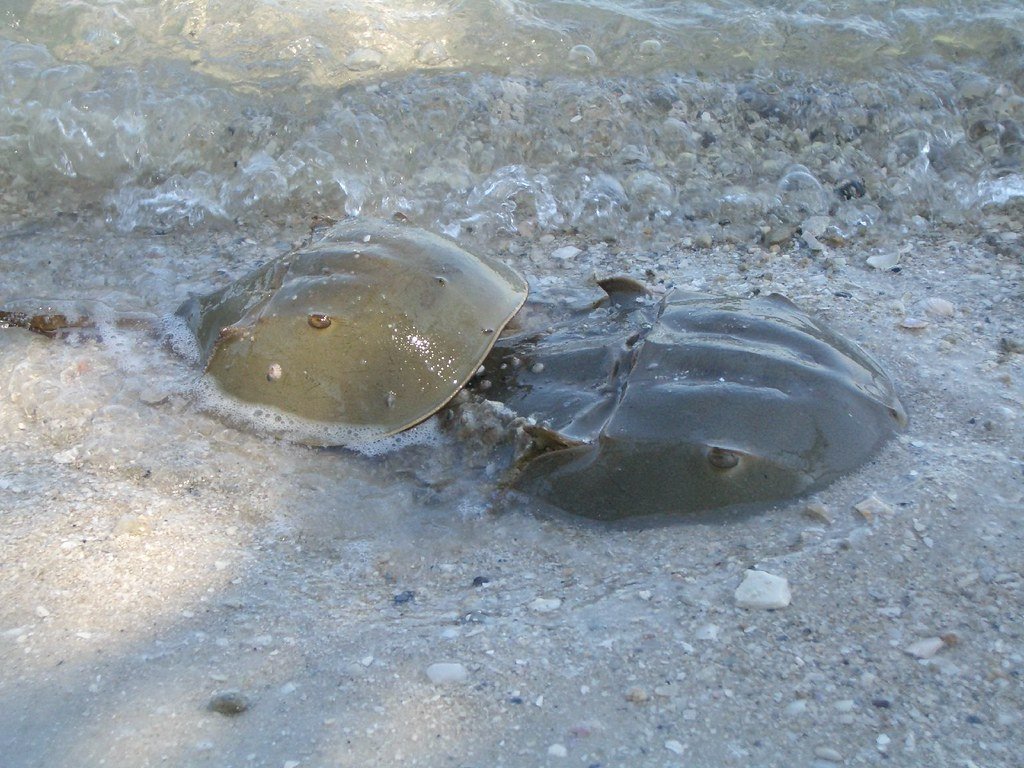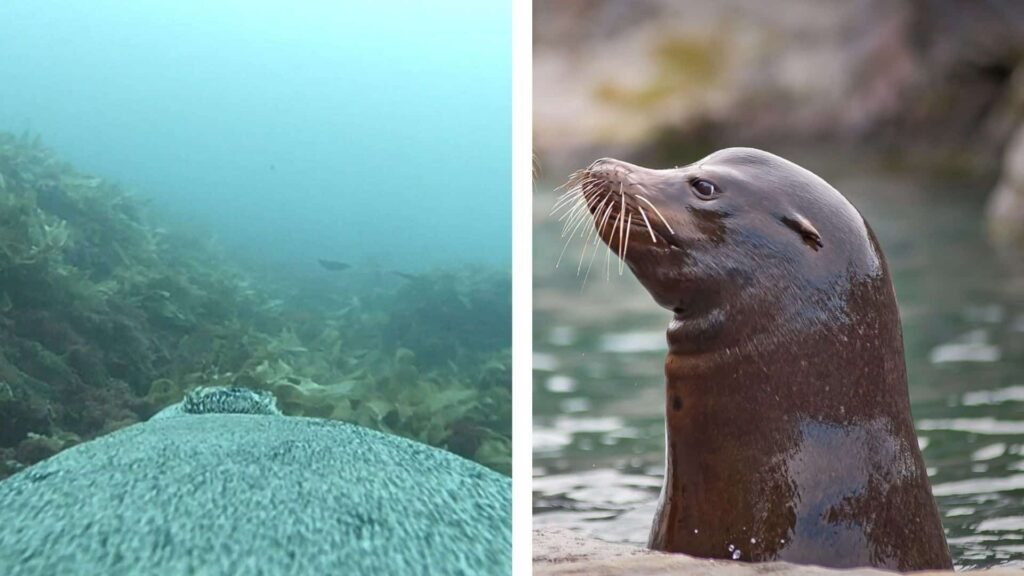Something ancient still walks the world’s shorelines—creatures with armored shells and spiky tails that seem plucked from the pages of a prehistoric epic. Horseshoe crabs, with their alien appearance and mysterious blue blood, are not the crabs they’re named for, nor are they relics to be ignored. These magnificent survivors date back hundreds of millions of years, quietly persisting while dinosaurs rose and fell and continents drifted apart. They are living fossils, a direct line to Earth’s distant past, and their story is nothing short of astonishing.
Not True Crabs: The Taxonomic Surprise
Most people assume that the horseshoe crab is closely related to the crabs we see scuttling in tide pools or served in seafood restaurants. In reality, horseshoe crabs are not true crabs at all. They belong to their own ancient group called Xiphosura, which is more closely related to spiders and scorpions than to crabs. This revelation often shocks those who first hear it, flipping our assumptions about the natural world upside down. Their closest living relatives are arachnids, not crustaceans. If you look closely at their legs and mouthparts, you’ll notice the similarities to spiders—tiny details that reveal big evolutionary truths.
Living Fossils: Survivors from the Paleozoic Era

The term “living fossil” isn’t just a catchy phrase—it’s a scientific marvel. Horseshoe crabs have barely changed in appearance for over 450 million years, making them some of the oldest creatures still walking the Earth. Imagine a time before even the dinosaurs existed; that’s when horseshoe crabs were already thriving in shallow seas. Their resilience is a testament to nature’s ingenuity, with their basic body plan proving so effective that it’s outlasted countless evolutionary shifts and mass extinctions. Holding a horseshoe crab is like shaking hands with deep time itself.
A Design Built to Last

What makes the horseshoe crab’s body so enduring? Its iconic helmet-shaped shell acts as a tough suit of armor, protecting soft tissues from predators and environmental hazards. Underneath, a series of jointed legs allow it to crawl along the seabed, while its long, rigid tail—called a telson—helps it flip over if tossed upside down by waves. This blend of simplicity and strength has given horseshoe crabs an edge for survival, allowing them to weather changes that doomed other ancient creatures. Their design is a masterclass in evolutionary efficiency.
Blue Blood: The Key to Modern Medicine

Perhaps the most astonishing fact about horseshoe crabs is their vivid blue blood. This blue tint comes from copper-based molecules called hemocyanin, which carry oxygen. But what really sets their blood apart is its uncanny ability to detect bacterial toxins, making it priceless in the world of medicine. Pharmaceutical companies use horseshoe crab blood to ensure that vaccines, IV drugs, and medical devices are free from dangerous contamination. The safety of millions, perhaps even your own, depends on this ancient animal’s unique biology—a connection between past and present that few realize.
Epic Migrations and Moonlit Spawning

Every spring, horseshoe crabs undertake an incredible journey. When the moon is full and tides are high, thousands of these armored travelers come ashore on sandy beaches to spawn. Females lay clusters of green eggs, which are quickly fertilized by eager males. This event is a spectacular sight, drawing crowds of nature lovers and hungry shorebirds alike. For birds like the red knot, these eggs are a critical food source during long migrations. The horseshoe crab’s reproductive cycle is not just a natural wonder; it’s a vital link in the coastal food web.
Ancient Eyes with Modern Secrets

Horseshoe crabs have some of the most fascinating eyes in the animal kingdom. With ten eyes scattered across their shell, they possess both simple and compound eyes capable of detecting movements and changes in light—even underwater. Scientists have studied their visual system for clues about how eyes evolved and function. In fact, some breakthroughs in understanding human vision, including how our eyes process light and dark, have come from research on horseshoe crabs. Their eyes are like living laboratories, helping us see the world more clearly.
Environmental Sentinels: Indicators of Ecosystem Health

Because horseshoe crabs are sensitive to changes in water quality and habitat, they serve as environmental sentinels—early warning systems for the health of coastal ecosystems. A decline in their numbers often signals bigger problems like pollution, habitat loss, or climate change. Conservationists keep a close watch on their populations, knowing that protecting horseshoe crabs helps safeguard whole communities of marine life. Their wellbeing is intricately tied to the wellbeing of countless other species, including humans.
Threats and Conservation Challenges

Despite their ancient resilience, horseshoe crabs now face new dangers. Overharvesting for bait and medical use, along with habitat destruction and rising sea levels, threaten their survival. In some places, their numbers have dropped alarmingly, prompting urgent calls for protection. Balancing human needs with the preservation of these living fossils is a complex challenge. Conservationists advocate for responsible collection practices, habitat restoration, and stricter regulations to ensure horseshoe crabs can continue their ancient journey.
Fascination for Science and Culture

Horseshoe crabs have inspired wonder and curiosity for generations. In some cultures, they are revered as symbols of luck, longevity, or rebirth. Scientists and students alike are drawn to their unique biology, using them as models for research and education. Museums display their shells as reminders of life’s enduring mysteries, while artists capture their strange beauty in paintings and sculptures. Their place in human culture is as remarkable as their place in the natural world—a bridge between science, art, and tradition.
The Future of a Prehistoric Survivor

As we look to the future, the fate of horseshoe crabs hangs in the balance. Their continued presence depends on our willingness to recognize their value—not just as medical resources, but as irreplaceable threads in the fabric of life. Protecting these ancient creatures means honoring Earth’s deep history and our own responsibility as stewards of the planet. Every time a horseshoe crab crawls ashore to lay its eggs, it reminds us of the extraordinary story of survival etched into its shell.
Horseshoe crabs are not just relics of the past; they are living connections to the origins of life on Earth. Their story urges us to look deeper, to marvel at what endures, and to remember that the most extraordinary creatures are sometimes hiding in plain sight.




